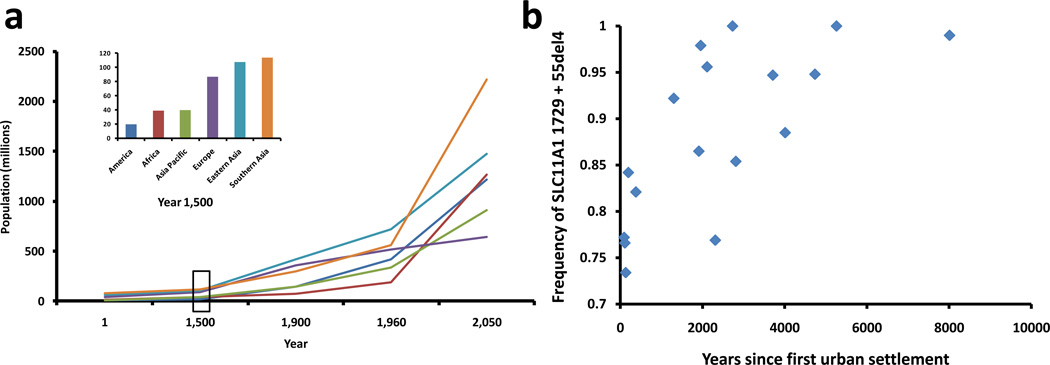Figure I. Human demographic changes and the evolution of TB.
(a) For most of human history, the population of the world was less than one billion people. By the end of the 20th century, the population was six billion, and it is estimated that by 2050 it will reach 10 billion. This dramatic increase in human population occurred unevenly across different geographic regions, which could have influenced the evolution of the different MTBC lineages. ‘Modern’ lineages evolved in high populated areas whereas ‘ancient’ lineages have been evolving in regions where human densities remained low until very recently. However, these regions are catching up and expected to experience the strongest population growth in the future (data from http://www.sasi.group.shef.ac.uk/worldmapper, Box 2). (b) In addition to these historical and projected trends of population growth, changes in human behaviours that lead to higher population densities could also affect the evolution of the pathogen and the host. Humans with a deletion in the gene SLC11A1 are more resistant to intracellular infections. The frequency of this gene variant is positively correlated with regions of early urbanization [78]. Urbanization leads to an increase in human densities, which could favour the evolution of more virulent strains [79].

